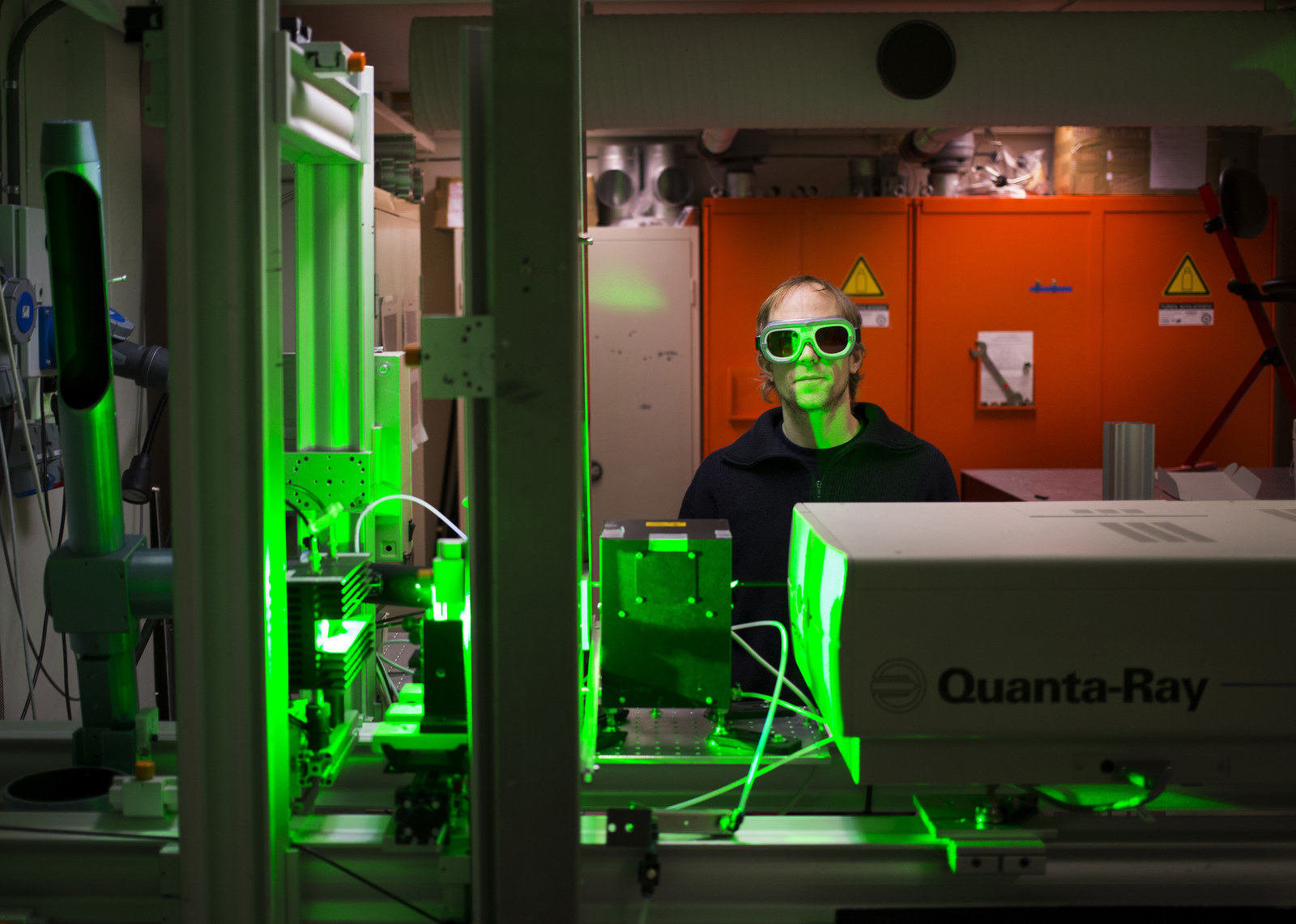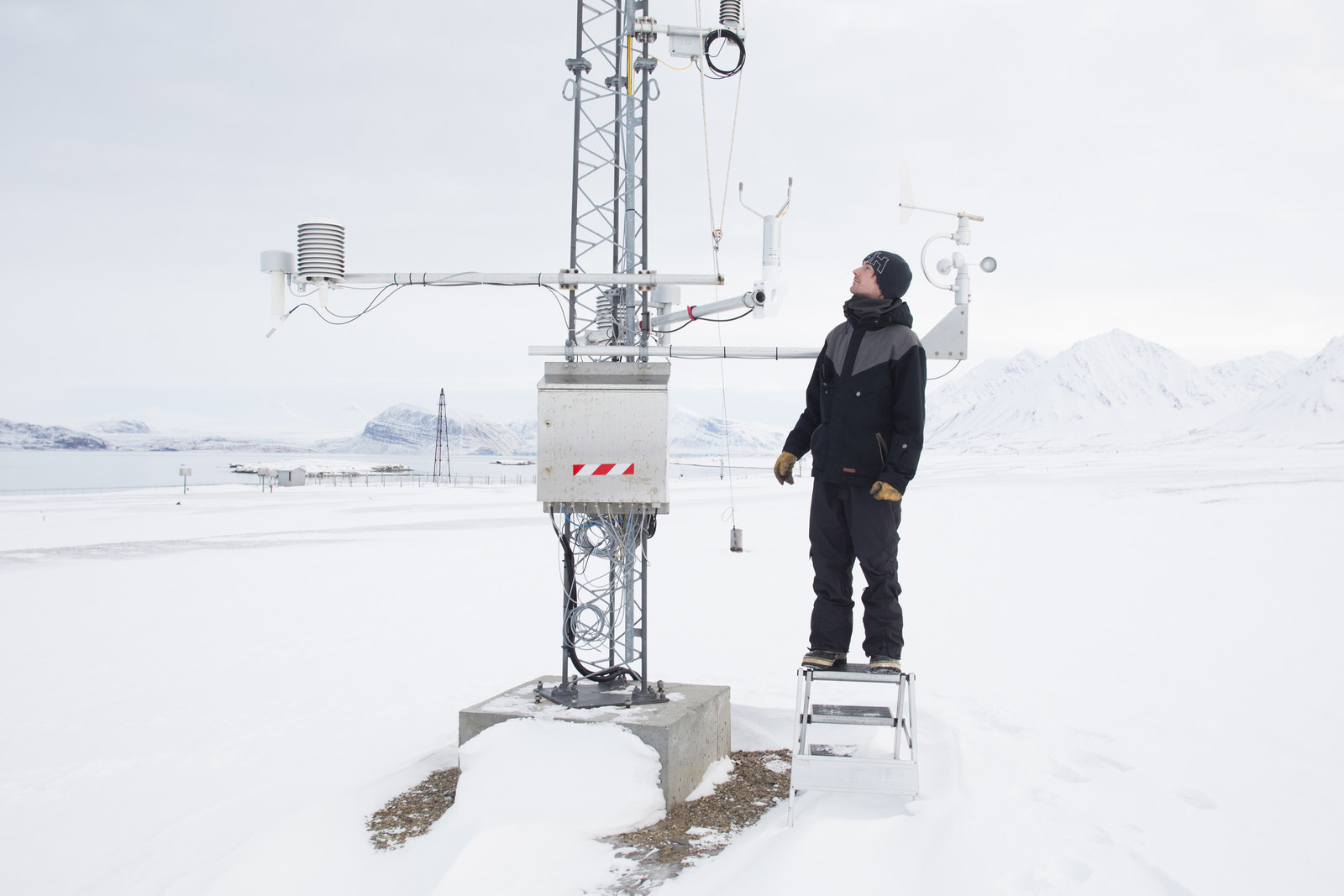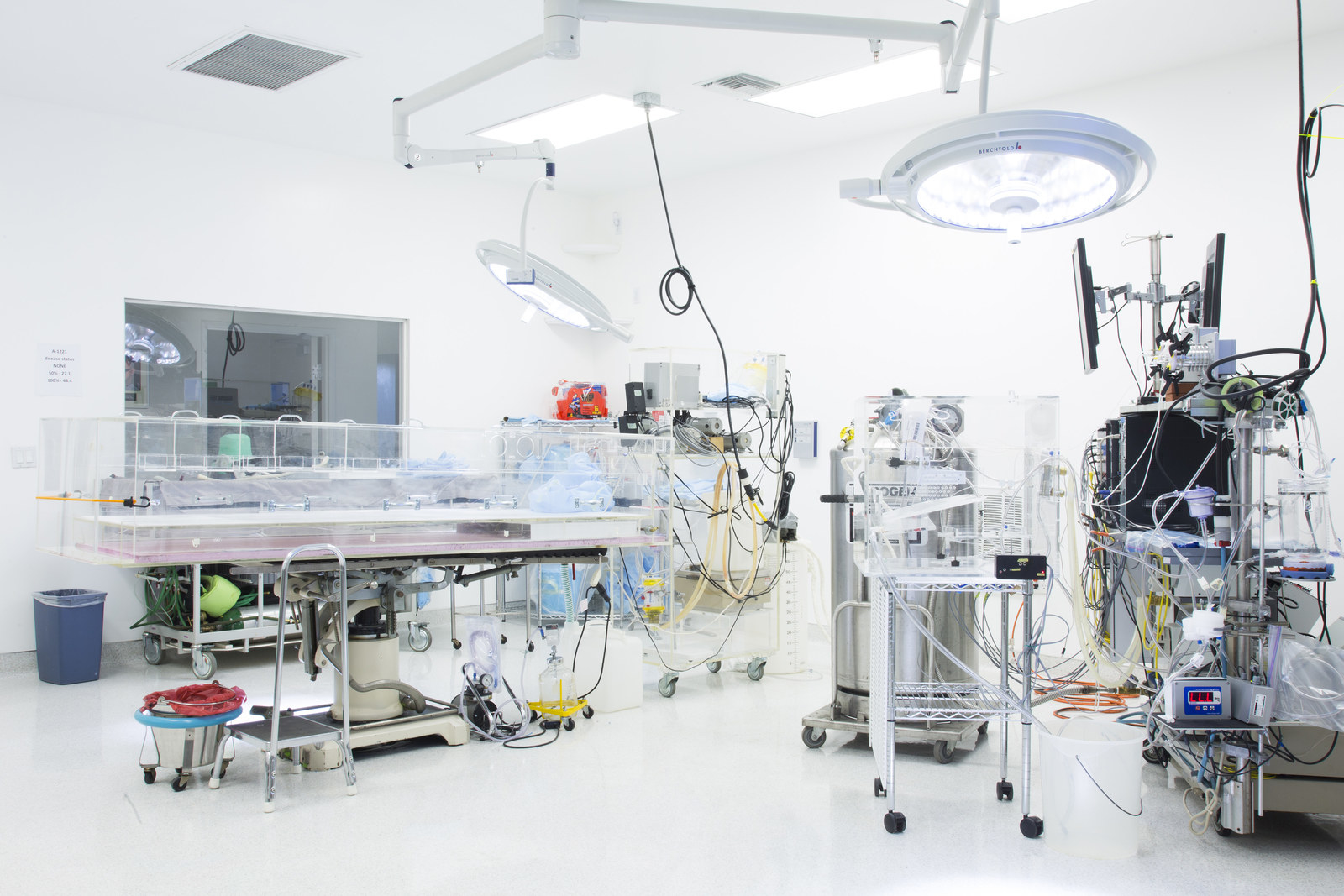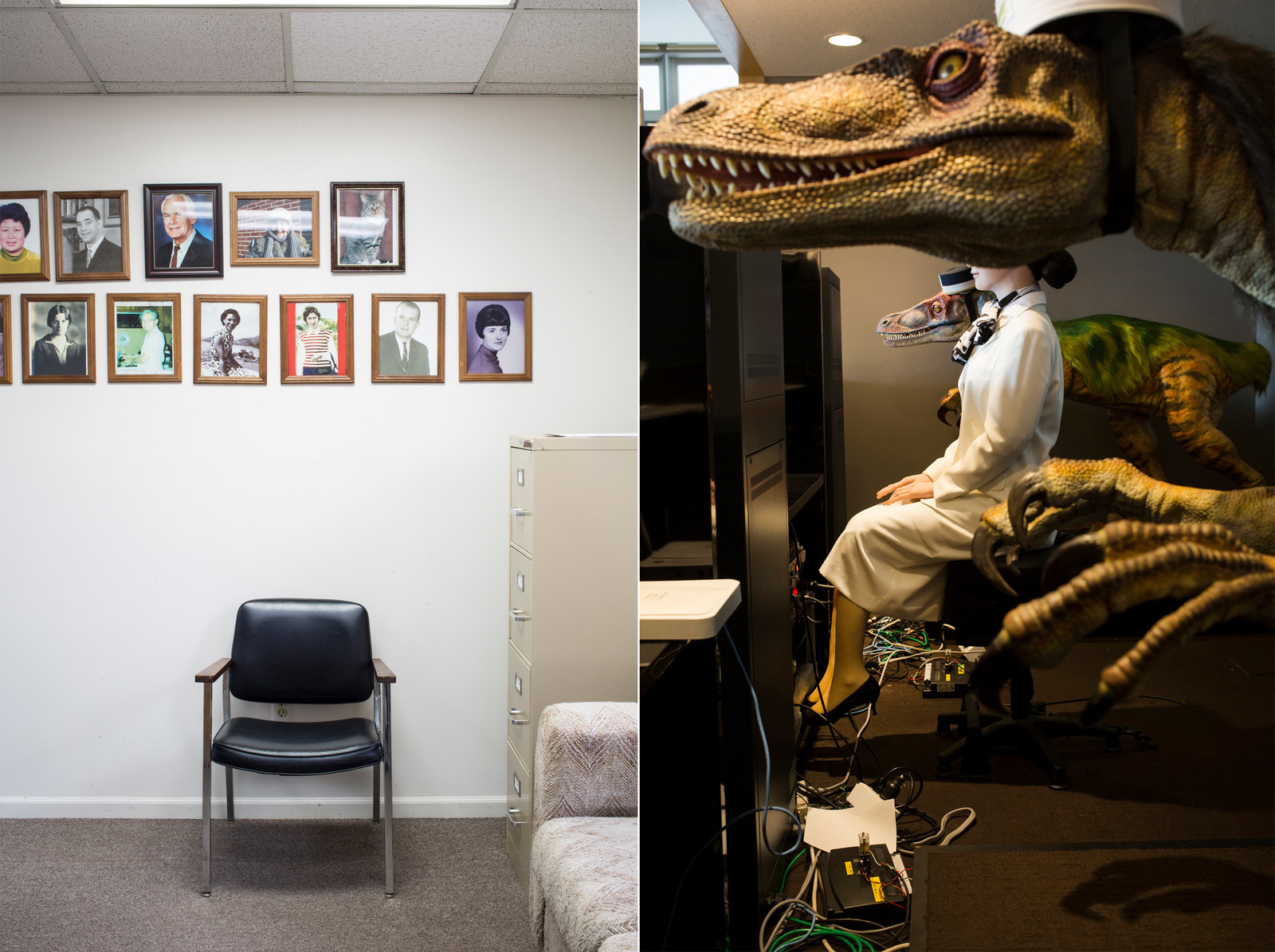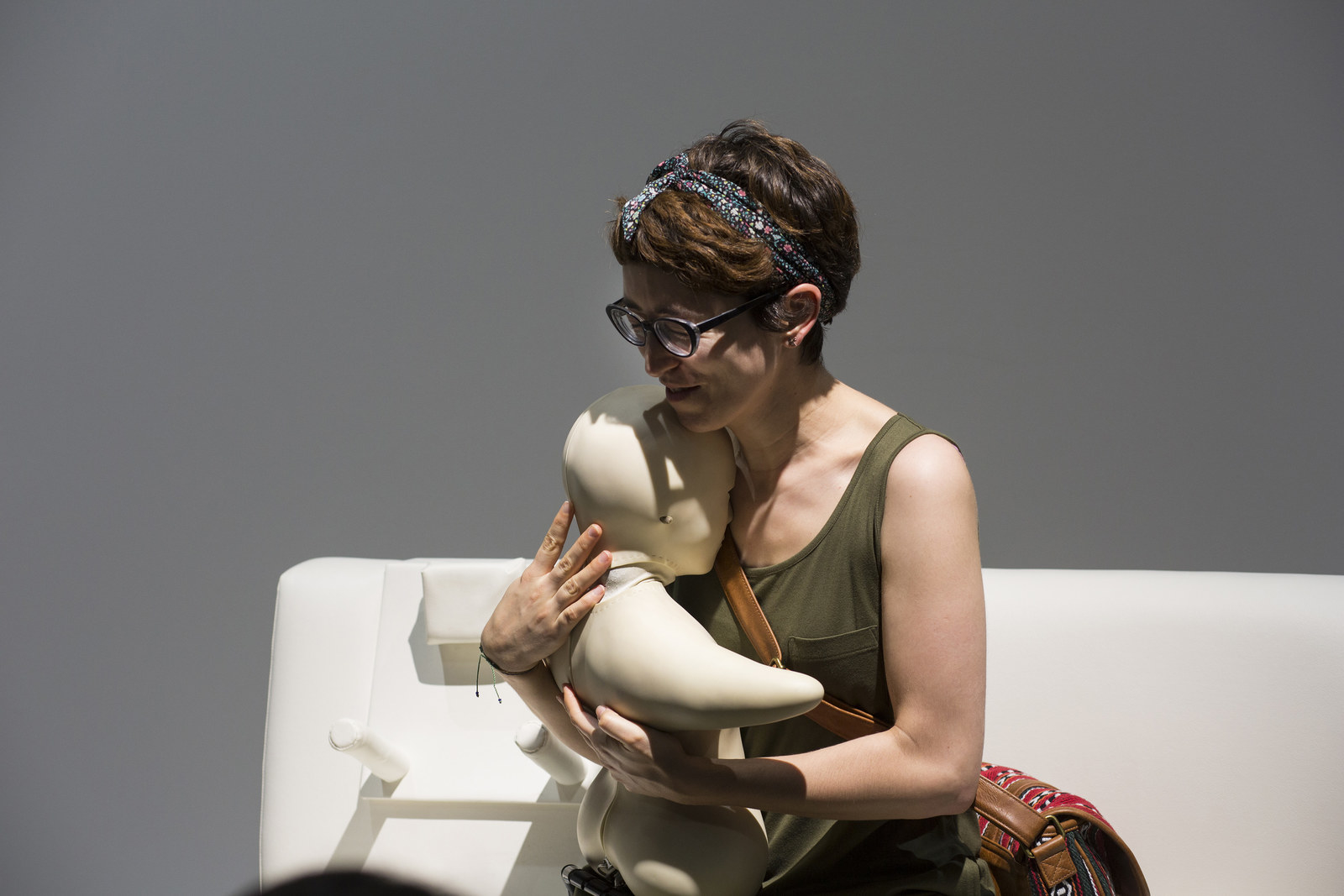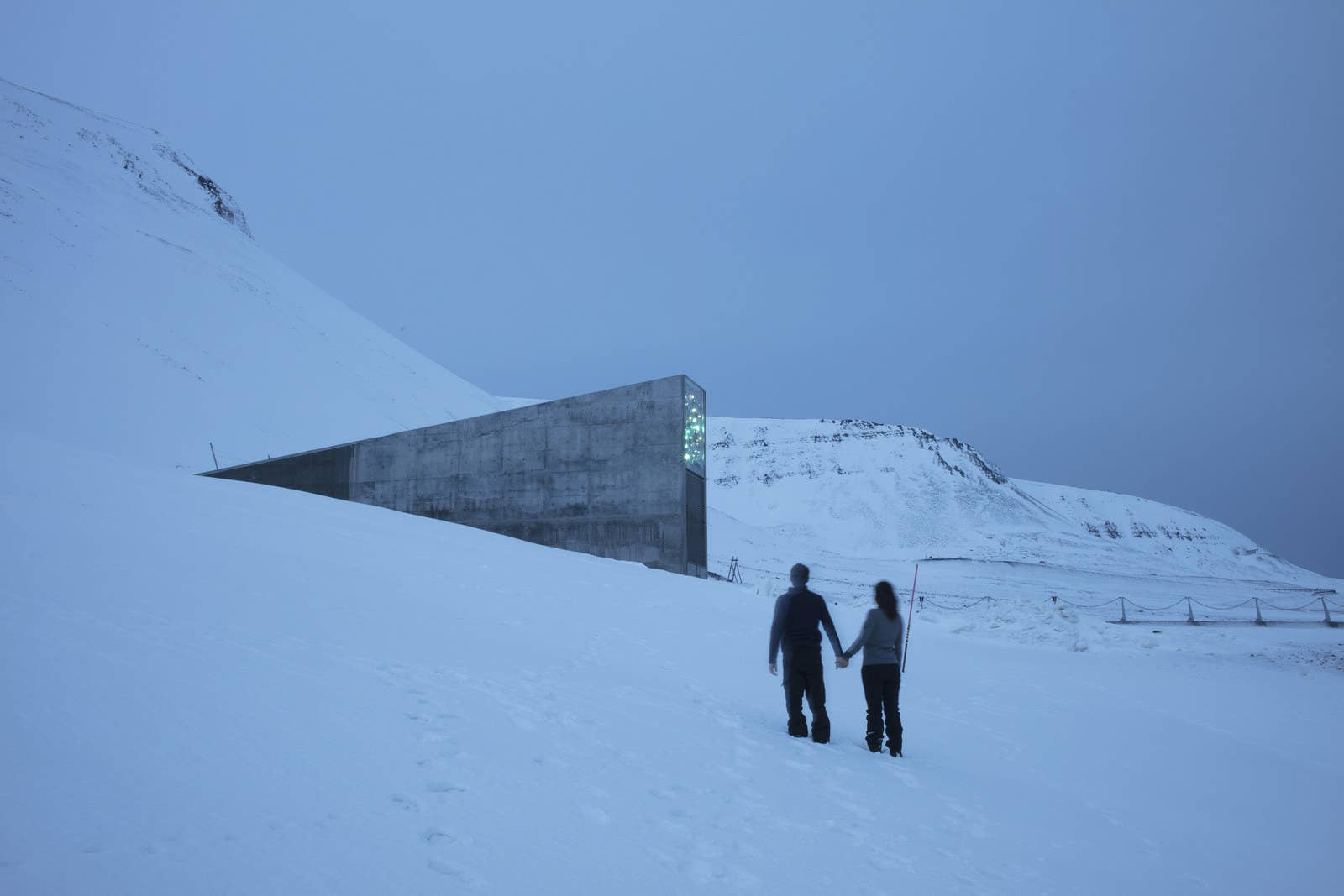
The unpredictable nature of climate change makes it especially difficult as its nearly impossible” to prepare for challenges that will assume many shapes over the course of generations. Alberto Giuliani's work explores the notion of preparedness, from exploring what scientists are studying in the Arctic Circle where climate change is already having an observable effect, to examining some of the innovations that are being created in response to shifting technological innovations and needs. We spoke briefly with Giuliani about his work in an interview for our series on climate change in collaboration with PHmuseum. The interview is edited and condensed below.
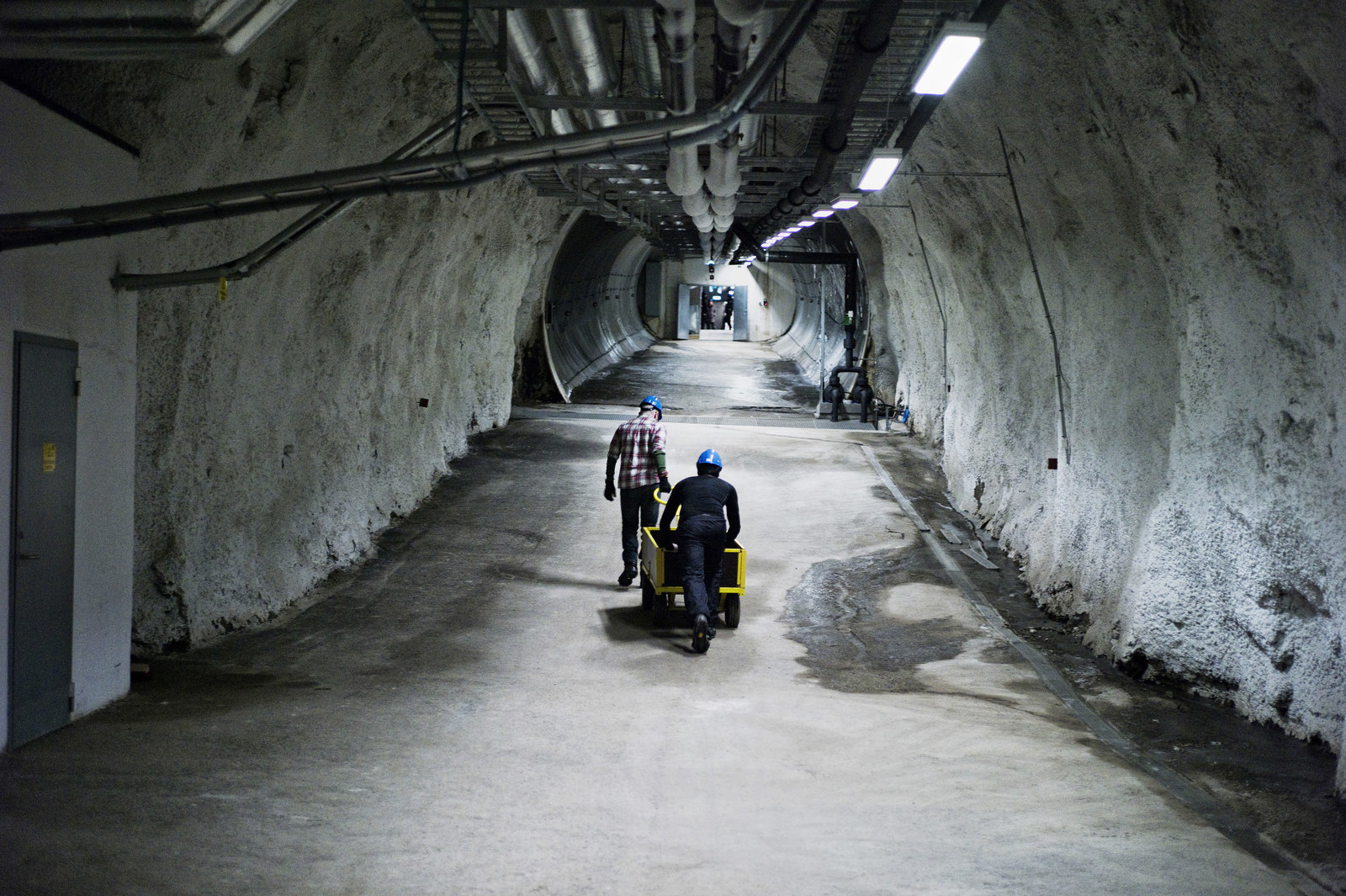
How long did you spend in the Arctic?
I spent 12 days: one week in Ny-Alesund, the little village of scientists, and a couple of days in Longyearbyen, the capital city of Svalbard, Norway, to visit the Global Seed Vault.
How does this project on the North Pole relate to your other work on climate change, Surviving Humanity?
There are two scientific theories about the climate changing, one saying it is related to human humans' activities, and the other saying that it’s something physiological because it already happened seven times before in the history of our planet. In any case, climate change is something that for sure will affect our future. The aim of my project is to explore what science is doing to face the big challenges of the next decades, and I started exploring our future from this issue. And Svalbard Islands with Ny-Alesund and the Global Seed Vault seems to be on the front line of this change.
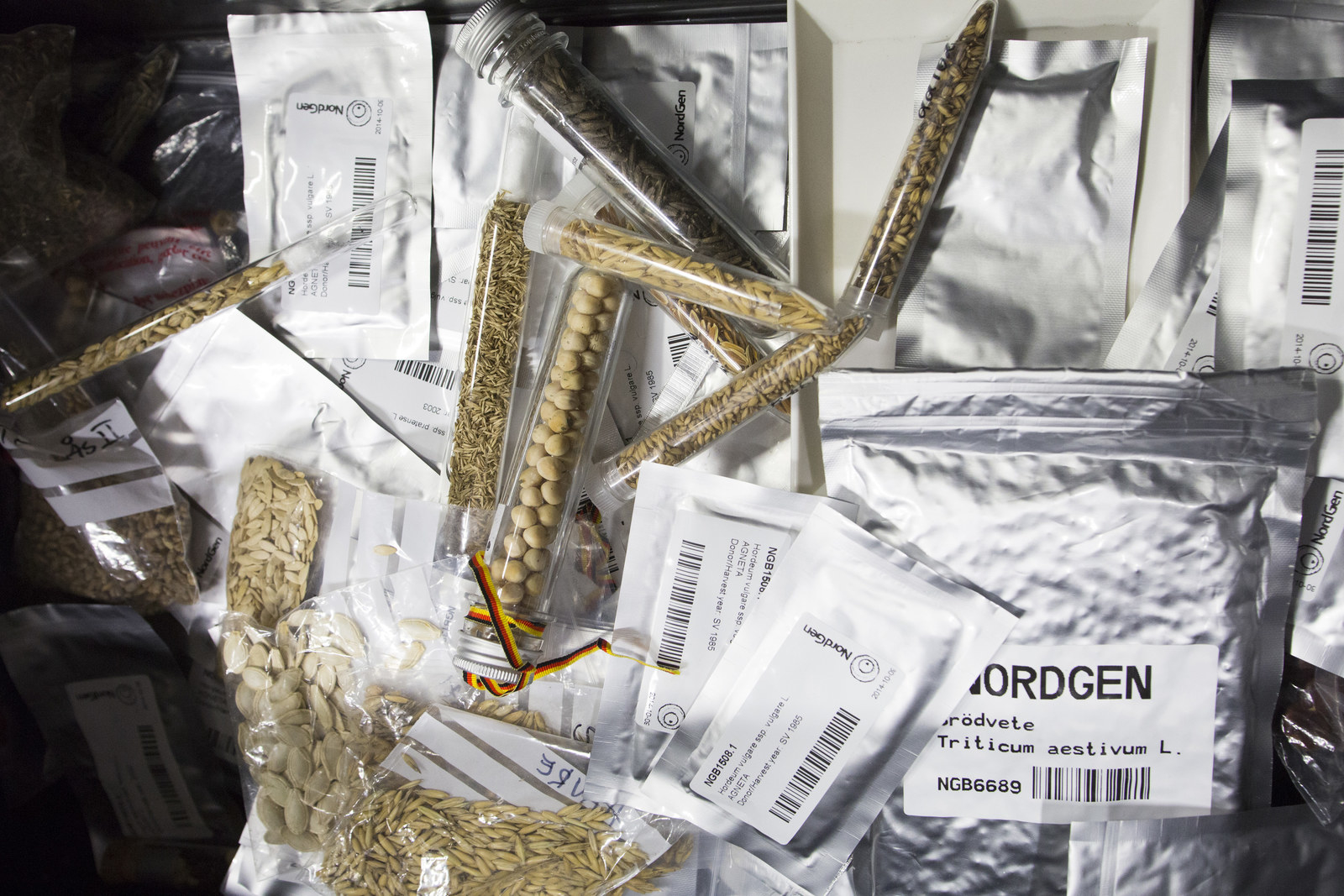
In your Surviving Humanity project, it seems like people are preparing for a post-human world. Was that the intent of the project?
No, it was not my intent. The Surviving Humanity project was born from a question of one of my kids — I have three — "How will the world be when we will be grown?" I was trying to explain to them what we see in the news, like immigrants, war, ice melting, extinction of wild animals, and so on. But when I considered their question I realized that I was not able to imagine the world in 30 or 40 years. So I started searching on Google. After that I decided to explore it by myself, because it’s the privilege of my job. What you see from my images is simply what I see exploring these realities, without any prejudice.
What was the strangest or coolest method that you saw while working on this project?
Every story I have done is strongly connected with science, so even when something sounds strange we have to agree that it’s the reality. Perhaps cryopreservation is the strangest thing. [Editors note: Cyronics is an experimental process of using cold temperatures to preserve a body after death with the intent of restoring it to health when the technological advancements make it possible to do so.]
But what really caught my attention is that after many trips in the “future,” I realized that scientists are not trying to preserve what we already have. Most of them are looking for alternatives of current life: going to another planet, modifying our bodies with genomics, building some machines able to replace humans, betting on a next life, building structures to preserve nature in captivity. That’s a bit sad, but I guess it’s part of science and human curiosity. And I personally have a lot of trust in humanity.
